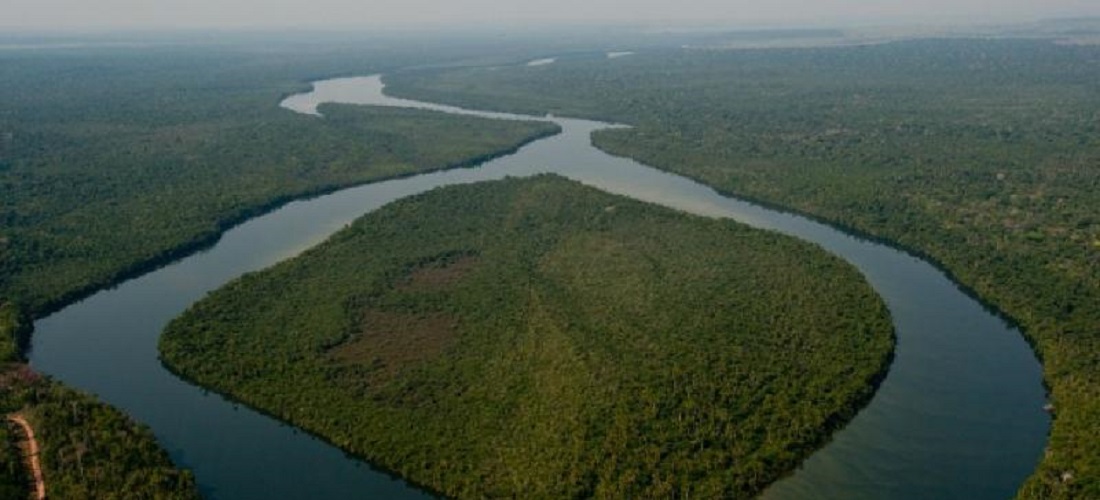
Government bets on a controversial project to double waterway’s cargo capacity
Jan, 24, 2022 Posted by Gabriel MalheirosWeek 202204
The government is awaiting a final decision from Ibama, Brazil’s environmental regulatory body, on the licensing of an environmental project that could result in doubling cargo handling on the Tocantins-Araguaia waterway. Nearly 14 million products, such as fuels, ores, soybeans, and corn are transported annually through the river corridor.
Notwithstanding, its use is limited by the rocky geological formation called Pedral do Lourenço that extends for 35 kilometers near Marabá (PA) and make navigation unfeasible during the dry months of the year.
A series of environmental studies and engineering projects to regularize the removal of the Pedral do Lourenço were contracted by the National Department of Transport Infrastructure (Dnit) in 2016 and were expected to be completed in 58 months. This prediction did not come to fruition though.
The contract with DTA Engenharia has been readjusted from R$520 million to R$773 million as a result of the delays. The EIA-Rima (set of environmental studies and reports) was filed with Ibama in October 2018, but a series of technical opinions highlighted the risks associated with the enterprise, particularly in terms of ichthyofauna preservation (aquatic animals).
The project, which was deemed a priority by the government, began to be considered by the Investment Partnerships Program (PPI). Now, following a new supplementation of Dnit’s studies, the preliminary license is expected to be released by the end of March.
“We are now very optimistic”, says the secretary of Environmental Licensing Support at the PPI, Rose Hofmann. According to her, Ibama’s main contention points have already been overcome, creating a learning opportunity for all parties.
The Ministry of Infrastructure reported that, once the rock removal process is completed, along with the dredging of another 177 kilometers along the waterway, the river corridor shall be able to transport up to 30 million tons of cargo per year.
In terms of lessening logistical costs and reducing greenhouse gas emissions, waterway transportation is unbeatable. A standard convoy, with nine barges connected together, can carry 19,100 tons of products. This is the equivalent of 191 wagons on a railroad or 708 trucks on a highway.
However, the works’ environmental sensitivity raises concerns. One of the concerns is whether the millions of cubic meters of sand that will be removed from the Tocantins River’s bed will end up on the beaches where tracajás and Amazon turtles lay their eggs.
Another point of concern is the future of the endangered Araguaia porpoises. A population count made by Fundação Omacha and Instituto Mamirauá, published in 2020, identified just 1,083 porpoises in a 500-kilometer stretch of waterway. Specialists fear that the rock removal works and the increased traffic of vessels will lead to the end of the species.
Source: Valor Econômico
To read the full original article please visit the link: https://valor.globo.com/brasil/noticia/2022/01/24/governo-aposta-em-projeto-polemico-para-duplicar-hidrovia.ghtml
-
Ports and Terminals
Dec, 11, 2024
0
Concerns Grow Over Chinese-Controlled Ports in Latin America and Illicit Trade
-
Ports and Terminals
Jan, 17, 2022
0
The Pecém Complex’s natural gas thermoelectric plant will cost R$ 5 billion
-
Meat
Dec, 16, 2021
0
European supermarkets boycott Brazilian beef after reporting ‘cattle washing’
-
Oil and Gas
Mar, 12, 2020
0
Regasification stations gain authorization to be bonded

